
Ghosn shares damning new documents with Asia Times
Just as French prosecutors have taken aim at Carlos Ghosn and an Omani business family, Ghosn is sharing with Asia Times documents from Japan's Nissan, on the other side of the world – documents heretofore unseen out of the courtroom that may prove his and American Greg Kelly's innocence of the main Japanese charges against them.
It's taken nearly three and a half years for Ghosn to reclaim records – personal records – that point to his innocence. Many of those records were taken from his Beirut office and residence by a Nissan raid team that was operating in Lebanon illegally, having timed the raid to coincide with Ghosn's arrest in Tokyo.
Yes, the raiders were operating in Lebanon illegally. Three Nissan lawyers and the automaker's head of security for Europe and the Middle East entered the country on tourist visas, then proceeded, without warrants, on November 19, 2018, to remove personal papers, a computer and a hand-held mobile device belonging to Ghosn. This is according to a criminal complaint filed against them.
When we interviewed Ghosn last May, he didn't have key documents in his possession – most importantly, a June 23, 2015, proposal by Hiroto Saikawa and Greg Kelly, at the time Nissan's second and third-ranking board officers, to employ Ghosn as a consultant and adviser after he left Nissan, and also to get him to commit to not working for a competitor.
Portions of the document were displayed at Kelly's trial, as key evidence to prove Kelly's innocence, but never the full document. And because of court secrecy rules, the media couldn't take photographs. Thus the document, despite being exculpating, could not be seen by the public.
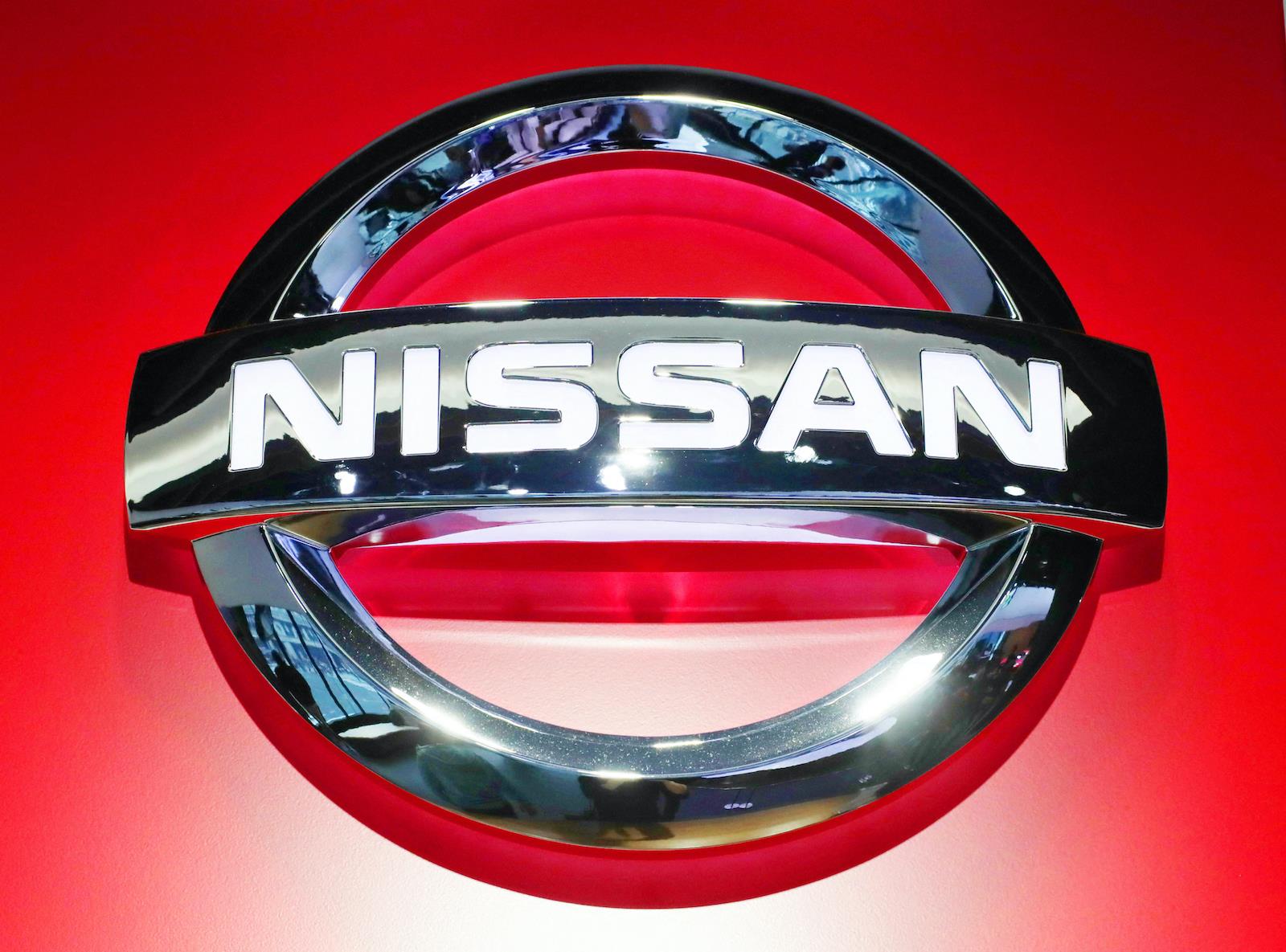
Logo of Nissan Motor Co, Ltd. Photo: AFP / Norikazu Tateishi / The Yomiuri Shimbun
Now Ghosn, 68 and living in Lebanon, has it in his possession again and has given Asia Times permission to release that document as well as an earlier 2013 proposal – in the process dropping a legal bombshell on the Japanese government's case against both himself and Kelly because the documents show indisputably that Nissan and the prosecutors' office didn't tell the truth.
Moreover, those documents reveal in stark terms how the prosecutors' office was able to pervert justice (not only in this individual case but also in the service of maintaining its overall 99% conviction rate).
We can also see how the documents, on top of others we've published, provided further evidence for the argument that Nissan was motivated by nothing other than its real motivation: a desire to block Renault from merging Nissan and making it a de facto subsidiary of the French automaker .
We also have the names of 25 executives, current and former, going all the way up to then-CEO Hiroto Saikawa, who knew about the documents: Arun Bajaj, Daniel Bernabé, Kathryn Carlile, Jimmy Dawson, Bernard Delmas, Tomotaro Higashi, Keiko Ihara, Hidetoshi Imazu, Akihiro Itoh, Reiko Ito, Hitoshi Kawaguchi, Hideaki Kubo, Fabien Lesort, Christina Murray, Hari Nada, Motoo Nagai, Ravinder Passi, Bernard Rey, Alexandra Rubow, Saikawa, Hideyuki Sakamoto, Thomas Schriewer, Toshiyuki Shiga, Masakazu Toyoda and Jacquelyn Trussell.
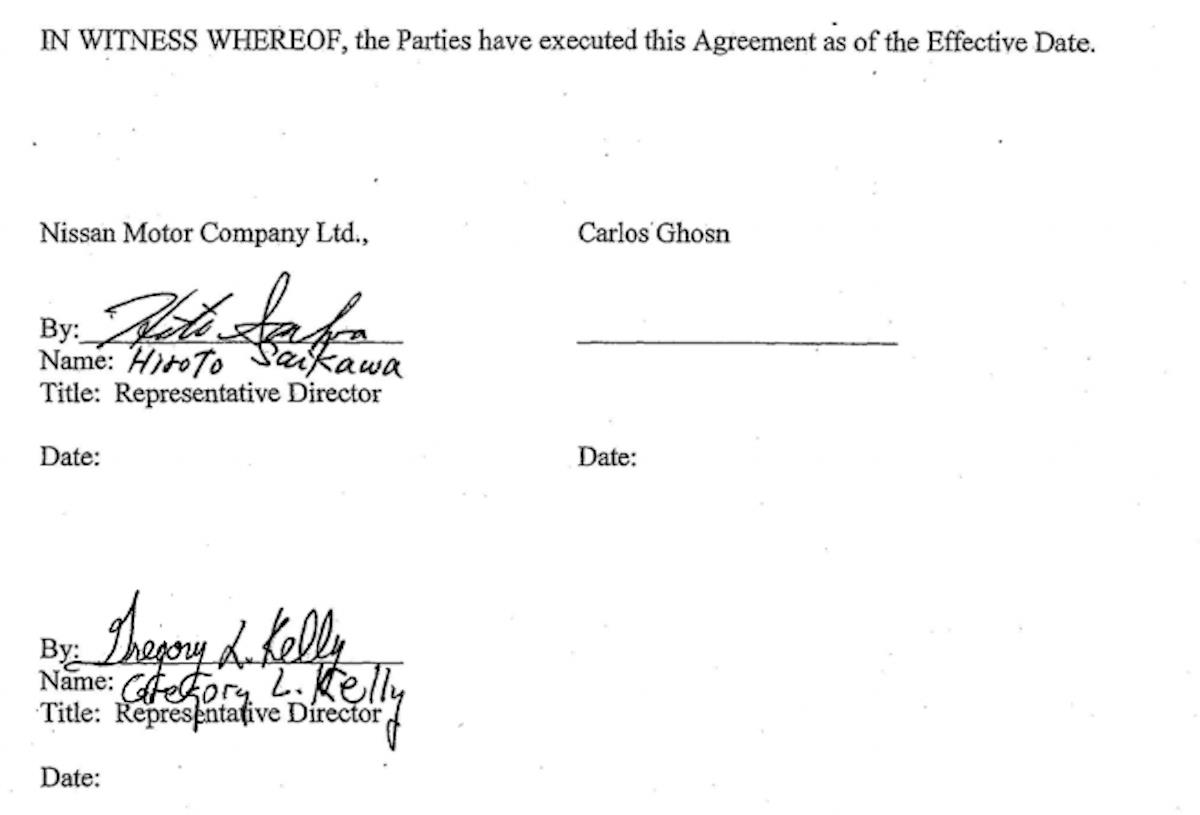
Signature page of the 2015 document.
Thus, when Hiroto Saikawa held his emotional press conference on the evening of November 19, 2018, in which he accused both Kelly and Ghosn of being“masterminds” of an unspecified crime, Saikawa didn't tell the truth.
If Kelly was a“mastermind,” so was Saikawa. His signature is on both the 2013 and 2015 documents.
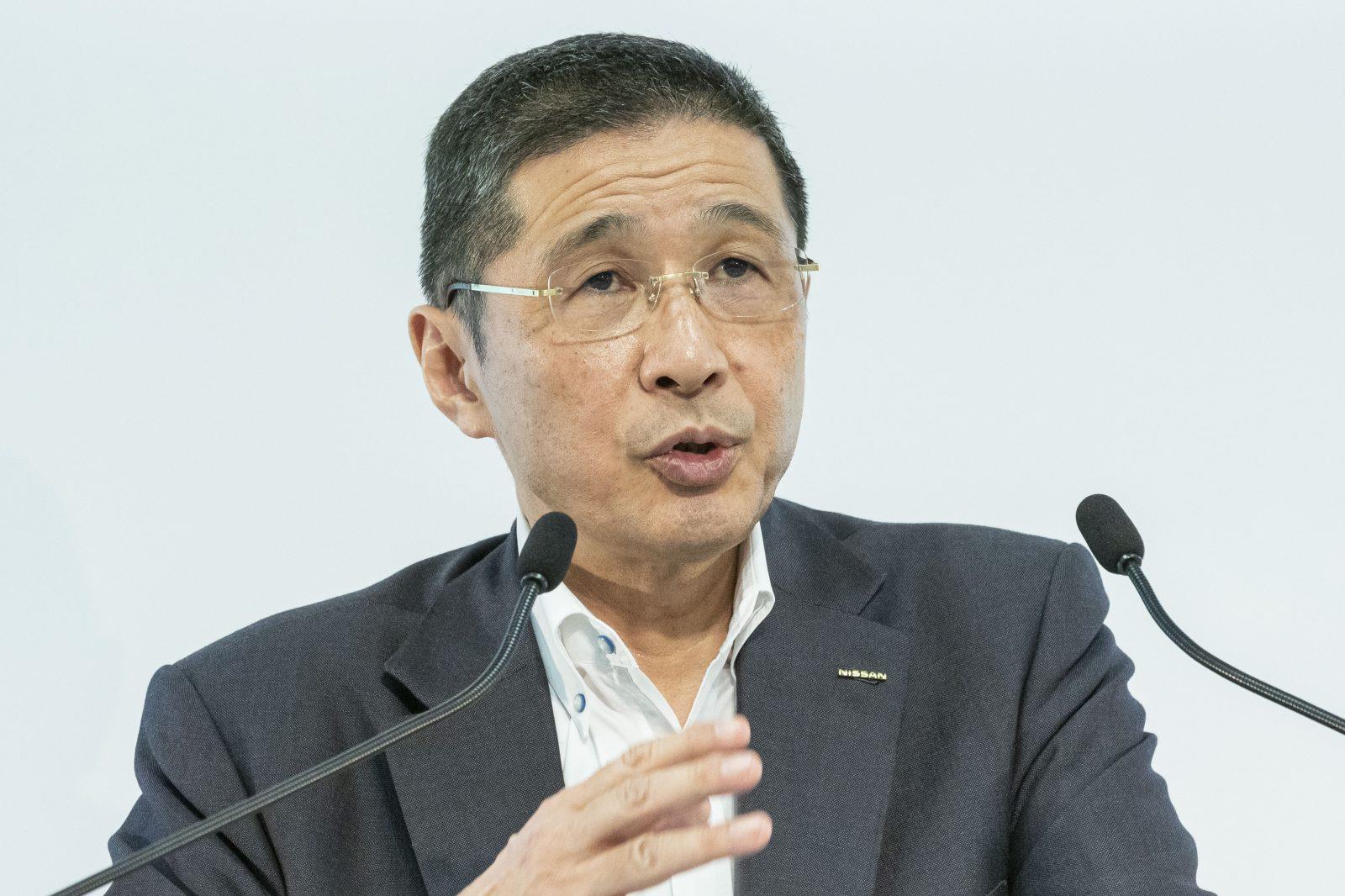
Hiroto Saikawa, former president and CEO of Nissan Motor Corp. Photo: AFP The real story
In early February 2010, Japan's Financial Services Agency issued new regulations involving the disclosure of executive compensation that would take effect at the end of the following month, March 31, 2010.
Specifically, if annual compensation, including bonuses and stock options, exceeded 100 million yen (worth US$933,000 at the time), it had to be disclosed in official securities reports.
Nissan had a particular problem in complying with the regulations because its largest shareholder was a French corporation, Renault. Moreover, its management was distinctly international, comprising both foreigners and Japanese – while its CEO was an unquestioned industry star, a French-Brazilian-Lebanese national, whose domicile was in Europe and who was being paid at international standards.
Ghosn's income was scheduled to rise in fiscal 2010 to 1.78 million yen – $21 million at the 2010 exchange rate. He would take a nearly 50% pay cut to 982 million yen ($11 million), in part to comply with the new regulations, but also to address concerns about public perceptions in Japan of his being highly paid during the economic crisis.
“I didn't think the public would understand,” he said in our interview last May. He also worried about corporate morale.“I needed everybody in the organization to be motivated and focused on Nissan's recovery.”
He also had to deal with the French government, which believed he was overpaid, although Renault had benefited enormously from the“Alliance” under Ghosn's management. Just look at it today, having lost more than $14 billion in market capitalization.
The gist of the prosecution's case against Ghosn – and by extension Kelly – is that he instructed a departmental manager named Toshiaki Ohnuma, who headed the secretariat, to keep a running tally of income he'd lost by taking a pay cut.
The amount over an eight-year period came to 9.3 billion yen, or $94 million at the average exchange rate for each of the eight years.
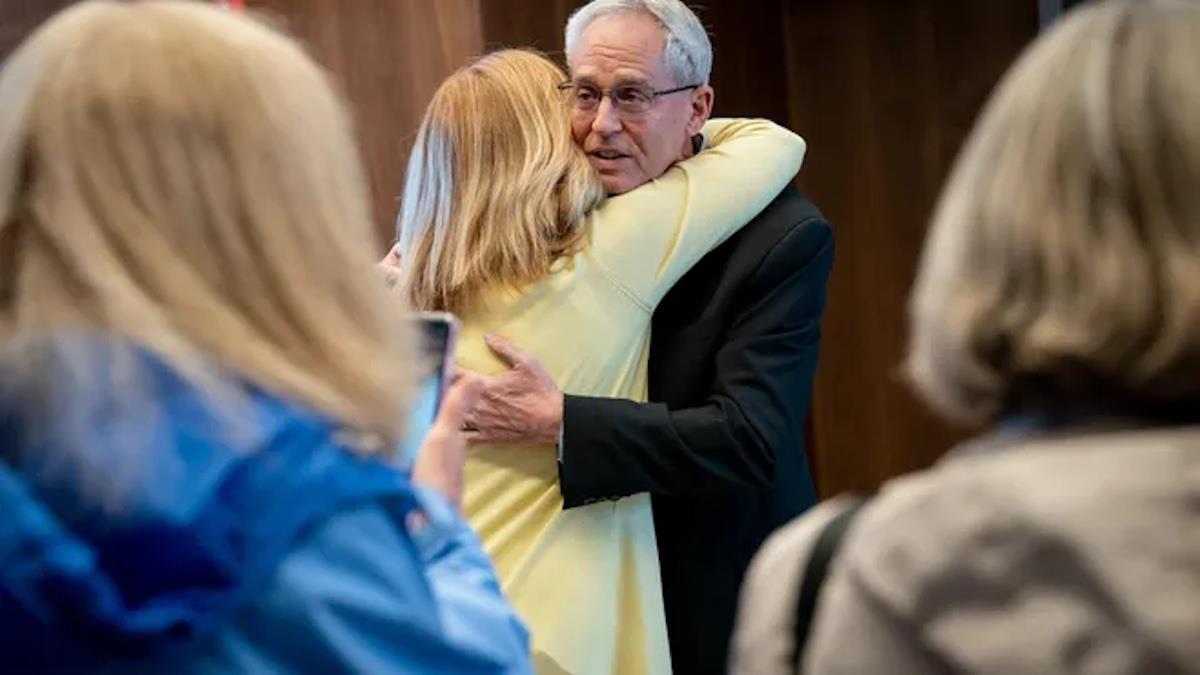
Former Nissan board member Greg Kelly returned home to Nashville last month after having been detained in Japan for more than three years in the Carlos Ghosn case. Photo: The Tennesseean
Contrary to what Nissan told the court – that Kelly conspired with Ghosn to conceal this lost income from Japanese financial regulators – the fact is that Kelly over more than eight years worked with outside counsel, inside counsel and a compensation consultant to find ways to employ Ghosn after his retirement and prevent him from going to work for a competitor.
In February, shortly after the Financial Services Agency issued its directive, Kelly reached out to Nissan North America's general counsel, Scott Becker, to consider ways to address changes in the new executive compensation disclosure rules. (When we contacted him, Becker, who has since left Nissan, declined to comment, citing“attorney-client privilege.”)

Scott Becker. Photo: Vanderbilt University
After several back-and-forths, Becker advised Kelly – and Kelly, in turn, advised Ghosn – that if Ghosn decided to take a pay cut he would forfeit any salary lost. Ghosn, again, took a roughly 50% pay cut. This was all documented at Kelly's trial.
Separately, in the spring of the following year Nissan's Chief operating officer, Toshiyuki Shiga, and former co-chair Itaru Koeda would advise Ghosn, to the contrary, that lost income could be reclaimed and didn't have to be disclosed.
The first of a series of exchanges Ghosn had with Shiga and Koeda was on March 16, 2011, the last on March 28.
(Initially, at the urging of Shiga and Koeda, these exchanges would include Toshiaki Ohnuma, who headed the secretariat and would become a key witness for the prosecution – although Ohnuma's credibility ultimately was substantially rejected by the court. The court separately confirmed that Kelly was not involved with the Shiga-Koeda-Ghosn discussions.)
We will discuss Shiga's involvement in part two of this report because it bears on everything else that followed – including the charges against Kelly, which should have been against Shiga, if the charges were ever valid in the first place, for, unlike Kelly, Saikawa or Becker, it was Shiga who advised Ghosn he could conceal past income.
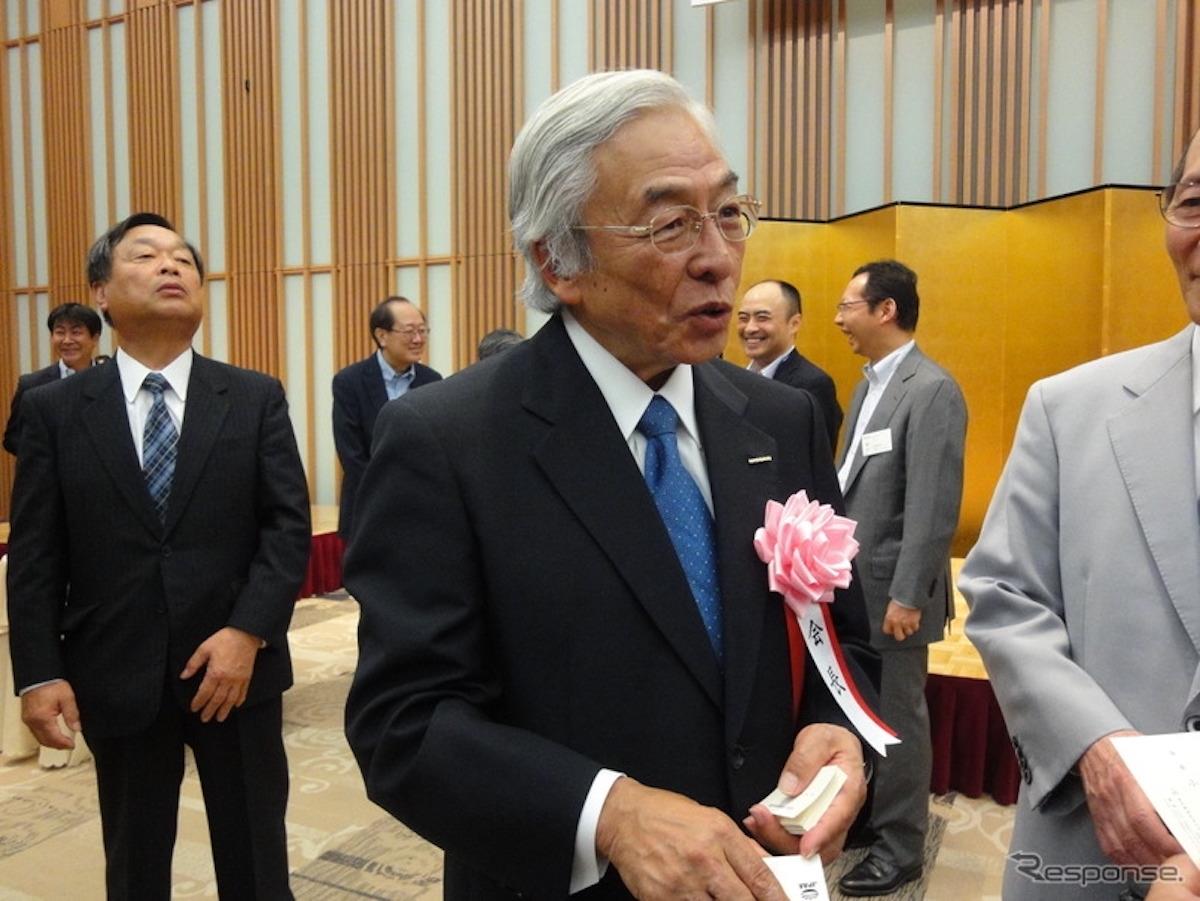
Itaru Koeda. Photo: Response.jp The two earliest retirement proposals
In late November 2011, Kelly drafted a pair of two-page proposals – one with the package denominated in yen and the other in dollars – based on a legal opinion the previous month in which Becker, Nissan's top US lawyer, set forth parameters for what the automaker could and couldn't do to retain Ghosn contractually.
The proposals provided a framework for Ghosn to continue working for Nissan as a consultant for 10 years after retiring from management, with a“noncompete” agreement to extend for an additional five years.
In total, there were five retirement proposals for Ghosn not counting the one made by Shiga and Koeda – the two in 2011, one each in 2013 and 2015 and one in August 2018 that was still in the formative stages by the time of the coup.
All but the 2018 proposal, which was put forward by the head of human resources, Arun Bajaj, were signed by Saikawa (both 2011 proposals) or Saikawa and Kelly (the 2013 and 2015 proposals).
The proposals, all five of them plus the Shiga-Koeda correspondences, were first disclosed during the Kelly trial, although Nissan's internal investigation task force headed by former Nissan compliance chief Christina Murray learned about 2011, 2013 and 2015 documents and the Bajaj presentation in late December 2018, a little more than a month after Ghosn's and Kelly's arrests.
Because of Saikawa's signature, the proposals' divulgence caused the first crack in the official Nissan narrative that Ghosn and Kelly had broken laws.
In fact, Murray's investigation would find corruption elsewhere in Nissan management extending up to the CEO (Saikawa), the CEO's office (Nada) and the secretariat (Toshiaki Ohnuma), all of whom were part of a stock manipulation scam whereby they received windfalls from backdating of redemption dates.
Murray would be removed from the investigation two weeks before she had planned to deliver her findings to the board at its September 2019 meeting.
Back in possessionGhosn, back in possession of the documents, has confirmed the contents. But earlier, while he was awaiting trial in Japan and for most of the period since he absconded to Lebanon at the end of 2019, Ghosn didn't have these documents because his copies had been taken away in Nissan's illegal November 19 raids.

Carlos Ghosn under escort by Japanese authorities. Photo: Agencies
The four company employees who have been identified as raid participants and are now facing a criminal inquiry in Lebanon are Daniel Bernabé, head of Nissan's security office for Europe, the Middle East and India, and Nissan lawyers Jimmy Dawson, Fabien Lesort and Thomas Schriewer.
Saikawa had refused to answer Murray's questions about the agreements for nearly four months – and then proffered what Murray and others on her team considered a bribe. In her conversations with Saikawa, Murray reported, he had accused Kelly of“tricking” him into signing the documents.
Court records tell a different story – that Saikawa was on board with trying to employ Ghosn as a consultant and that all planning was future-oriented, nothing looking backward toward explicit compensation for income that Ghosn lost in the pay cuts.
As for Saikawa being“tricked,” he is a graduate of Japan's prestigious Tokyo University and fluent in English. Moreover, he proceeded to tell the court two years later – under oath – that Ghosn had been substantially underpaid, making him more of a retention risk than he might otherwise have been.
Then in the context of explaining his actions (that he signed four agreements including two with Kelly), Saikawa told Murray, she said, that she herself“had likely been underpaid and under-recognized” and that he would like her report to“put him in a good light.”
“I told him,” reported Murray to Nissan's legal department, outside lawyers and the statutory auditors,“that we have rules about the independence of the report, and that I cannot let him influence it.” She feared for her job as she blew the whistle – and would lose it anyway five months later.
Murray reported the apparent cover-up of documents in March 2019 to board members Keiko Ihara, Hideyuki Sakamoto, Toshiyuki Shiga, Bernard Rey, Jean-Baptiste Duzan and Masakazu Toyoda (a member of the coup) and at least two of Nissan's statutory auditors, both also members of the coup: Hidetoshi Imazu and Tomoo Nagai. (Saikawa later became embroiled in a scandal of his own and was forced to resign from the board.)
Nissan has made much of alleged governance failures under Ghosn. There may have been some of those, but not involving the Saikawa-Kelly proposals.
Those proposals had been hidden from the public and from Nissan shareholders. No longer.
Next: In part two of this report we'll be pulling back more of the curtain regarding the documents.
Veteran automotive correspondent Roger Schreffler is a former president of the Foreign Correspondents' Club of Japan. Follow him on Twitter: @RogerSchreffler

Legal Disclaimer:
MENAFN provides the
information “as is” without warranty of any kind. We do not accept
any responsibility or liability for the accuracy, content, images,
videos, licenses, completeness, legality, or reliability of the information
contained in this article. If you have any complaints or copyright
issues related to this article, kindly contact the provider above.
Most popular stories
Market Research

- Mitchell Demeter Appointed CEO Of Sonic Labs To Drive Global Growth And Institutional Expansion
- On-Chain Cultural Assets: Decoding City Protocol's IP Capital Market
- Xone Chain Announces Ecosystem Evolution Following Sunflower Letter
- Bydfi Highlights 'BUIDL' Ethos During Newcastle United Match Against Arsenal
- Psy Protocol Testnet Combines Internet Scale And Speed With Bitcoin-Level Security
- Citadel Launches Suiball, The First Sui-Native Hardware Wallet




















Comments
No comment